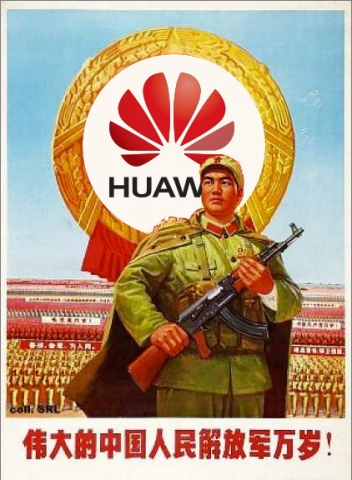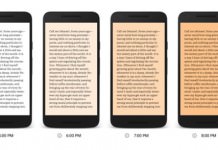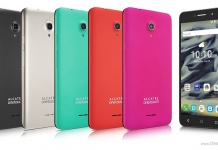 The already rather surprising report from analytics firm Flurry that implied mobile device market leadership for Apple at end 2014 received fresh contradiction with a year-end news item from Reuters, based on a leaked internal memo, which indicated that Chinese telecoms major Huawei shipped 75 million smartphones in 2014, an over 40 percent y-o-y increase. This compares with an analyst estimate, also quoted by Reuters, which indicates that Apple may have enjoyed 20 percent sales growth after launching the iPhone 6.
The already rather surprising report from analytics firm Flurry that implied mobile device market leadership for Apple at end 2014 received fresh contradiction with a year-end news item from Reuters, based on a leaked internal memo, which indicated that Chinese telecoms major Huawei shipped 75 million smartphones in 2014, an over 40 percent y-o-y increase. This compares with an analyst estimate, also quoted by Reuters, which indicates that Apple may have enjoyed 20 percent sales growth after launching the iPhone 6.
Xiaomi, meanwhile, has a sales target of 60 million for the full year of 2014, three times its 2013 sales of 18.7 million. Top-end sales predictions for all iPhone models by year end 2014, meanwhile, are at almost 71 million units, with a broader Wall Street consensus estimate of 64 million.
So yes, you read that right: Xiaomi, which has still to fully make its presence felt in the global marketplace, has already targeted to ship almost as many smartphone units as Apple. Huawei has already surpassed the highest estimates for iPhone shipments, even if that full-year figure is below its own target for the year of 80 million units.
To put it mildly, then, smartphone sales figures suggest that any prediction that Apple has somehow recaptured the mobile device space via the iPhone 6 is somewhat overblown. Just one major Chinese vendor is already shipping more units than it does, and that’s in a fiercely competitive market with other peers battling for the crown – and all of this in just one country. I could even contend that Android’s dominance of the smartphone ecosystem looks unassailable, and Apple seems destined to be pushed ever deeper into its niche worldwide. It’s certainly hard to argue with those figures.


































I have recently purchased a smartphone. Huawei Ascend g620s. The list price is about 180Eur here, and taht includes 20% VAT. I have got contract (paid for by my employer), so I got it with a very generous help from our provider and my employer.
I was blown away by the phone. The same specs [or slightly better] as Samsung Galaxy SIII had when it was introduced to the market. You remember the insane prices SIII had when it was introduced.
Android was modified by Huawei, so it does not have menu with apps – the apps are all placed on desktop[s] (or on whatever you call main screen on Android). This is my first Android phone, so I am not bothered by that feature. I have installed some very demanding 3D animated apps and I am shocked how smooth everything is.
If I was smartphone (or router or any other small electronics) manufacturer, I would be very concerned about Huawei.
It’s actually quite easy to argue with those figures. One cannot assume that the profit margin for all these contenders is the same. Apple makes a substantial profit on every sale whereas the others in this market are willing to sacrifice profit for market share. Samsung’s annual financials reveal the effect of this race to the bottom. It will be a Pyrrhic victory for whomever wins this battle of the bottom feeders.
Worse yet, Frank, Paul took a poorly worded quote from BI (not a good primary source) and completely misinterpreted quarterly Apple sales as for the entire year.
One would hope that even a half-wit trying to follow this data would already know that Apple iPhone sales topped 150 million in 2013 and that sales estimates for the 4th quarter alone range from 55 million to 70 million since they already sold 51 million in Q4 2013.
An even more astute follower of this data (that is, more astute than a half-wit) would note that the Xiaomi data actually indicates there first quarterly decline and fairly significant at that and that this data puts them at sliding into 5th place from 3rd (behind Samsung, Apple, Huawei, and Lenovo).